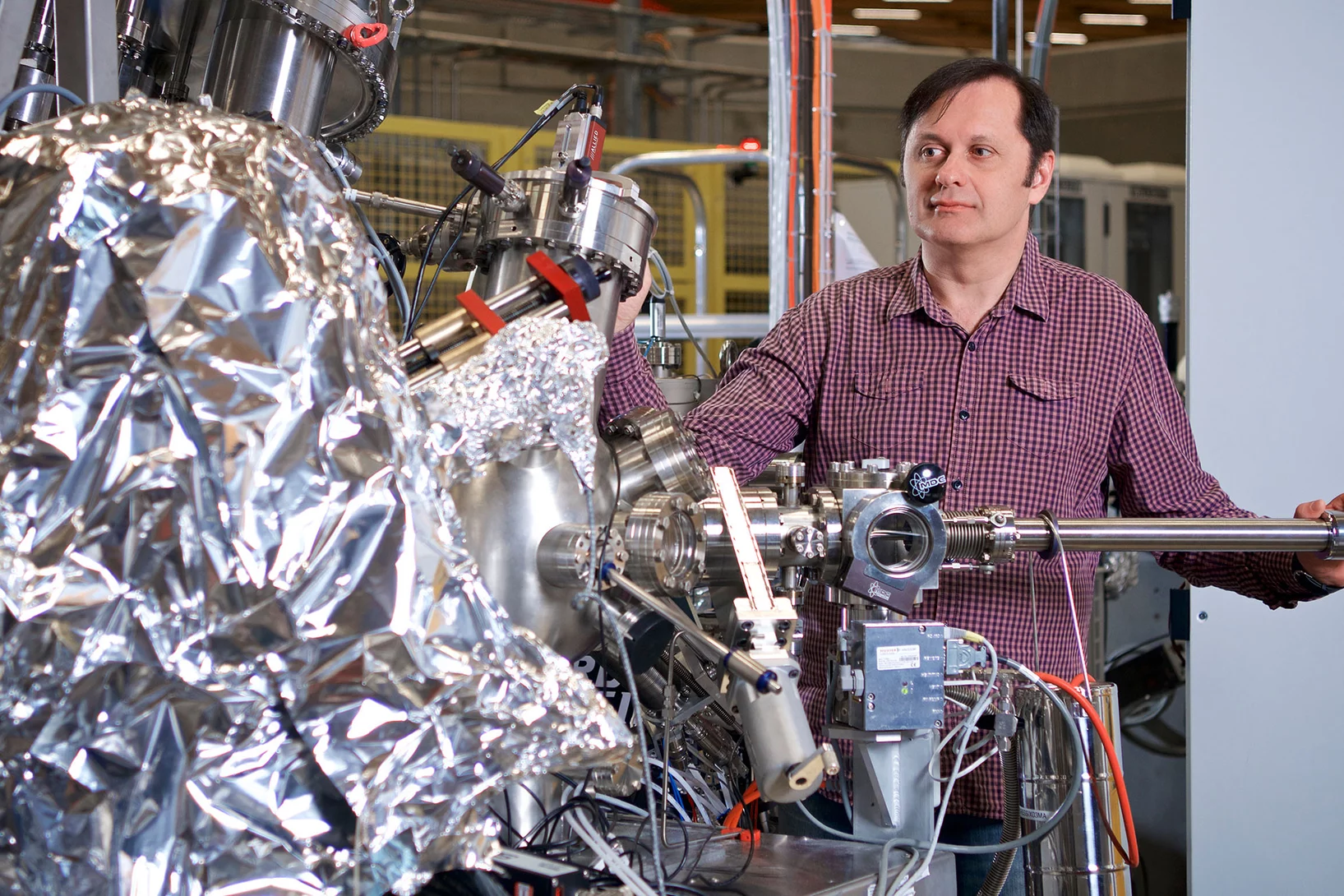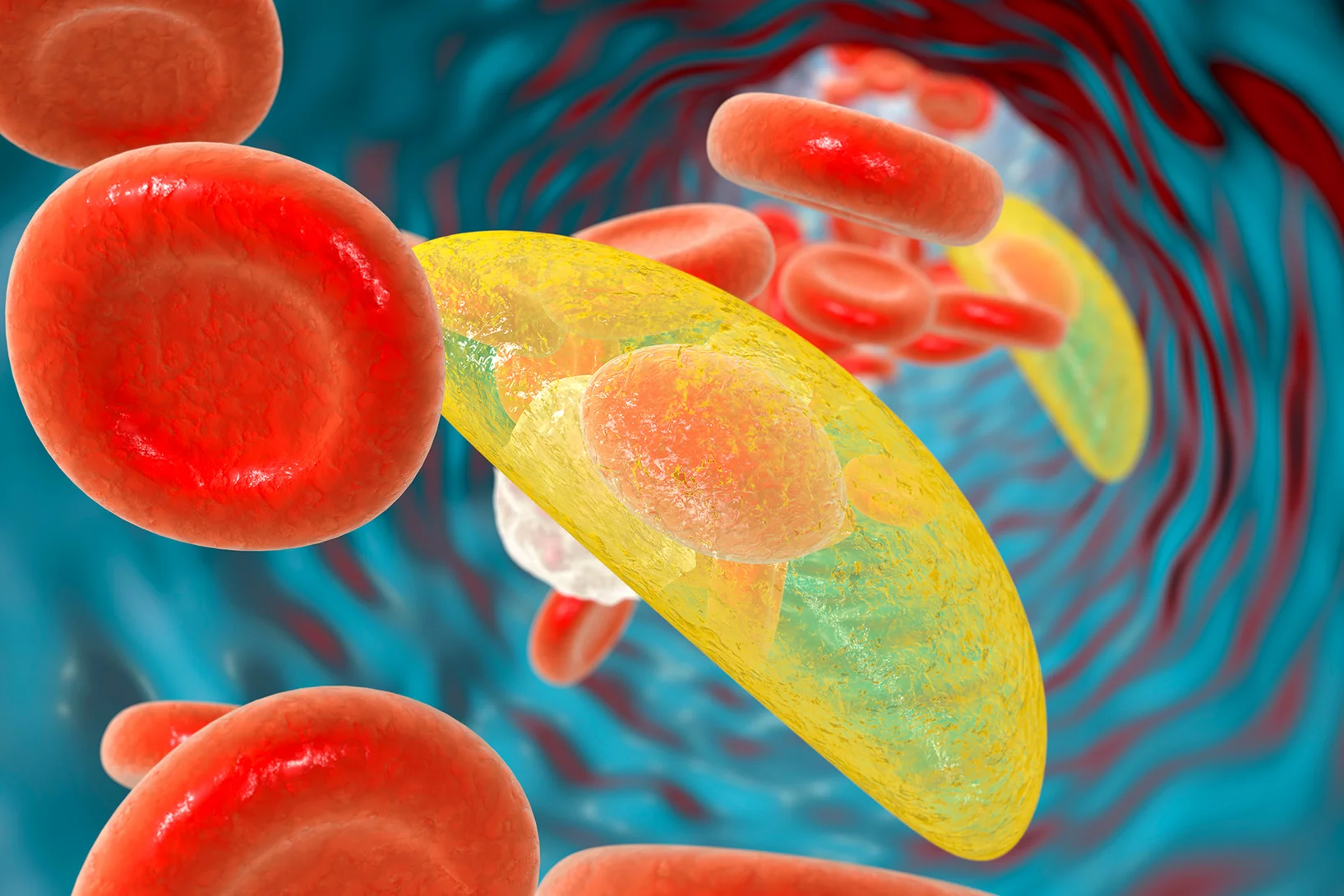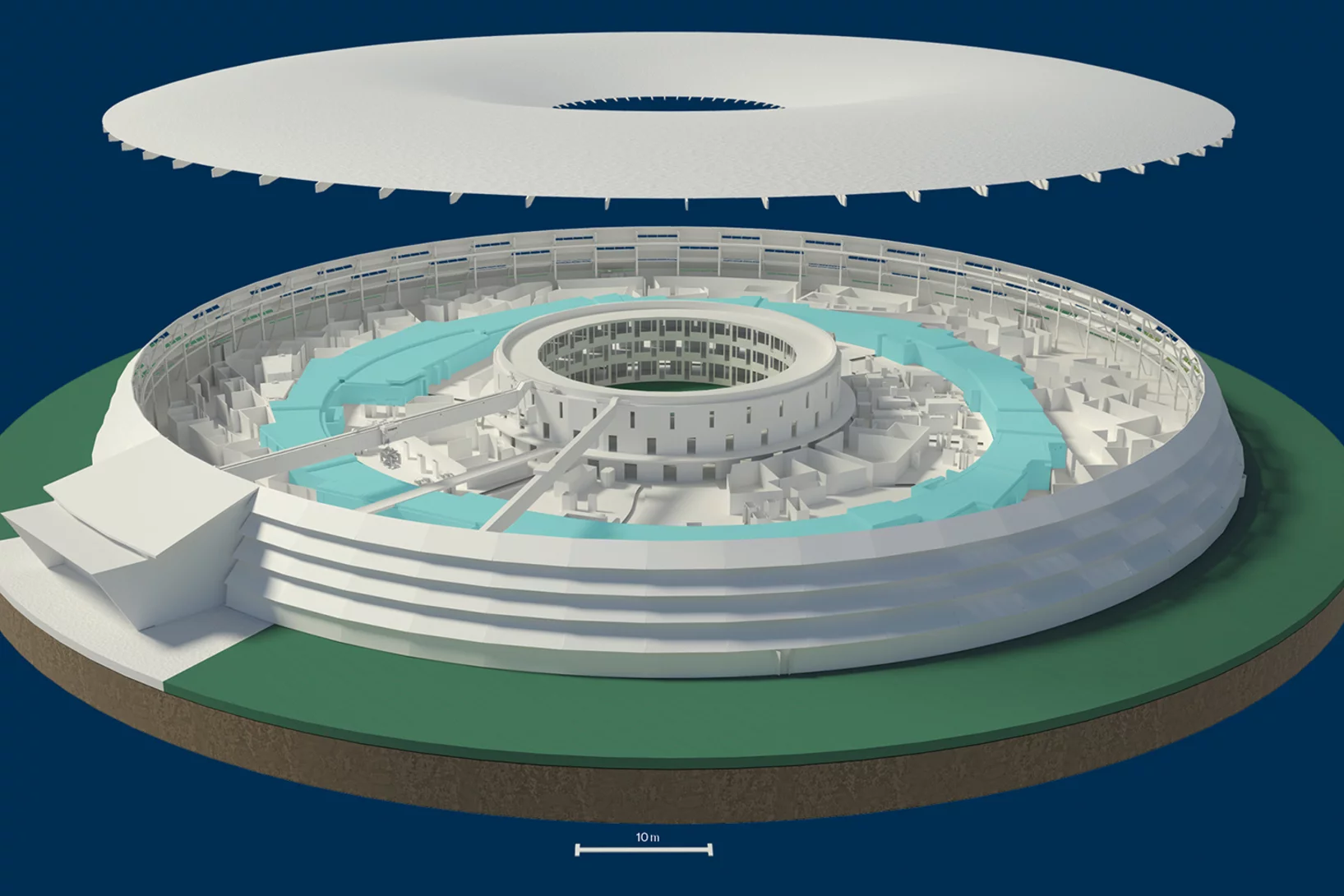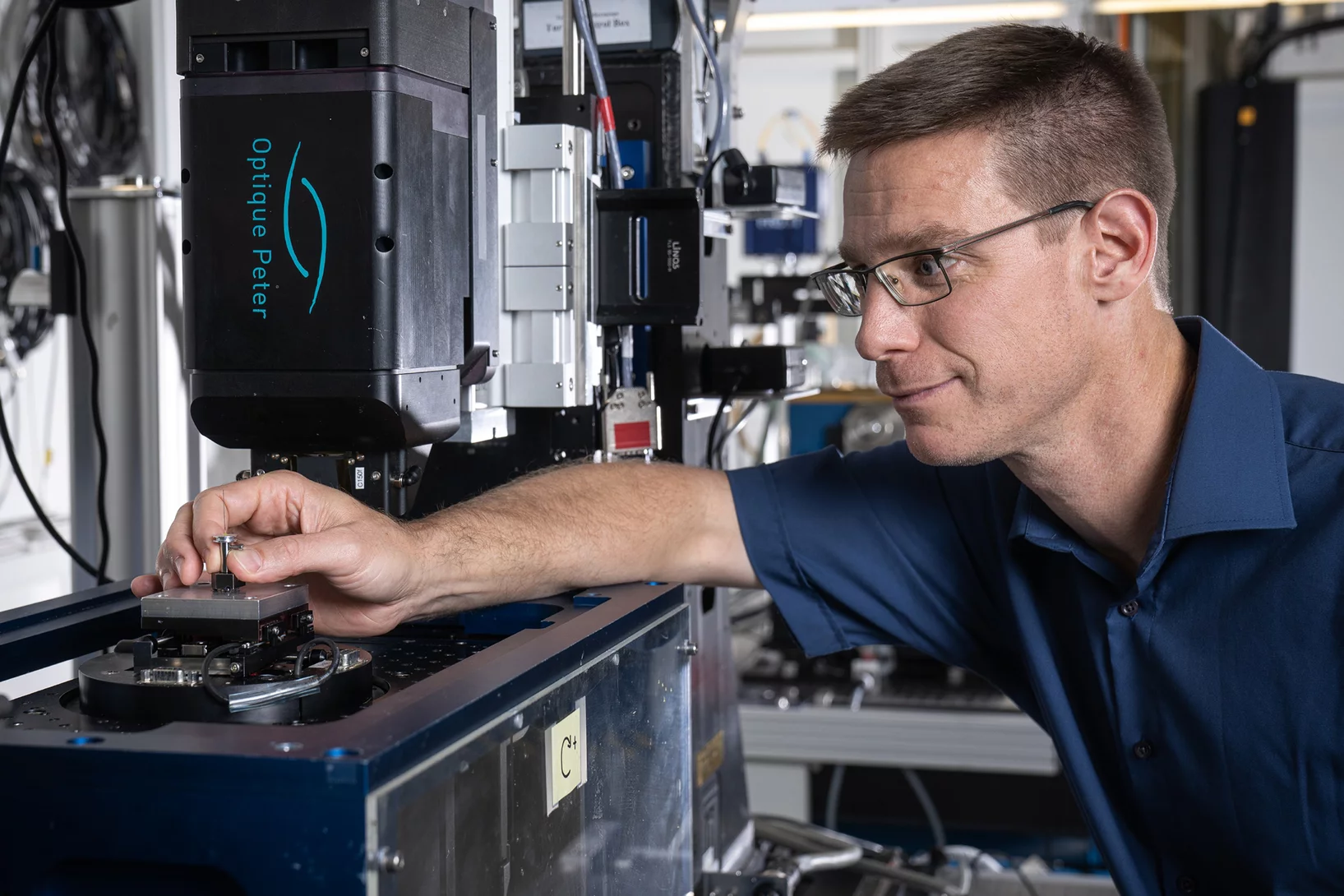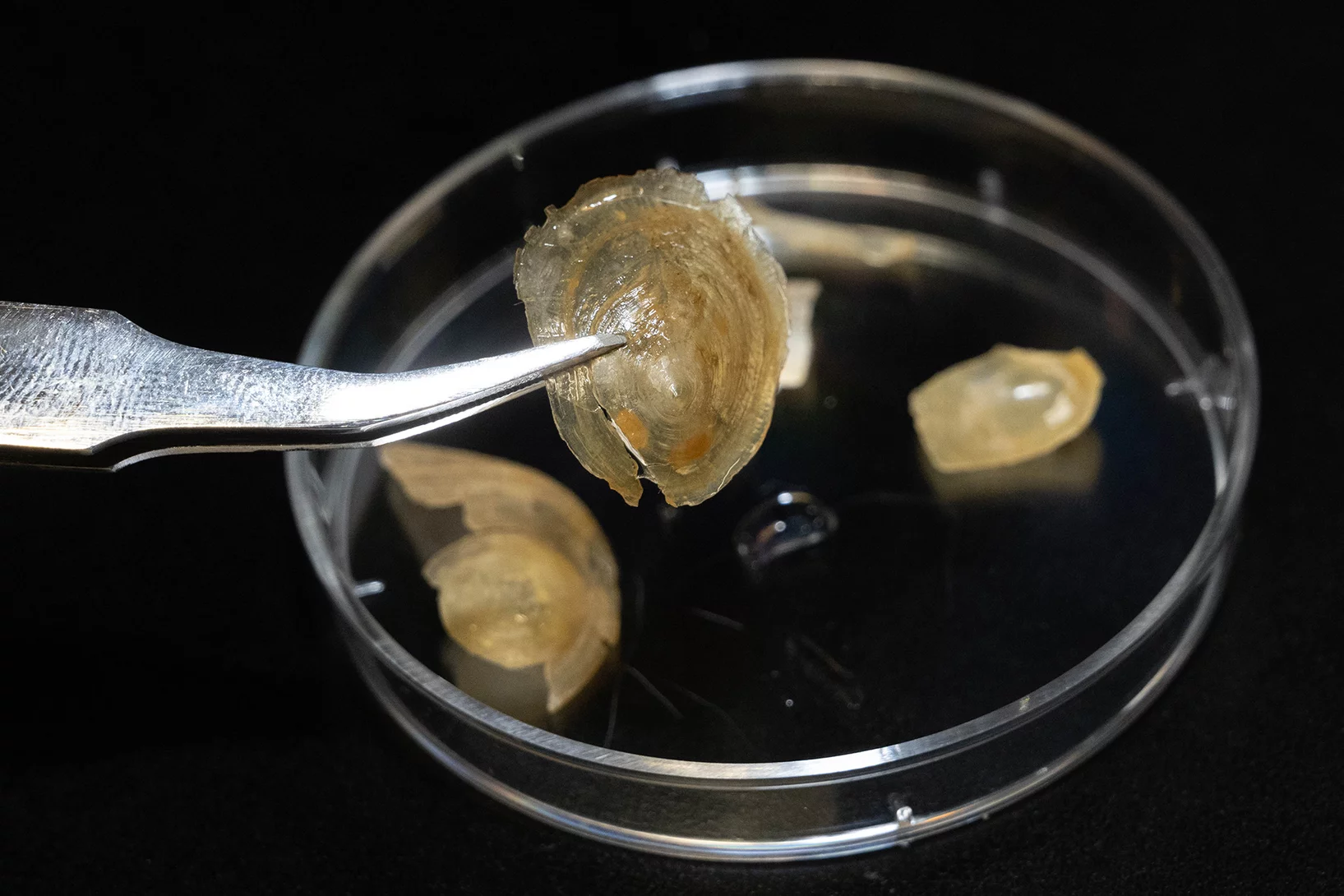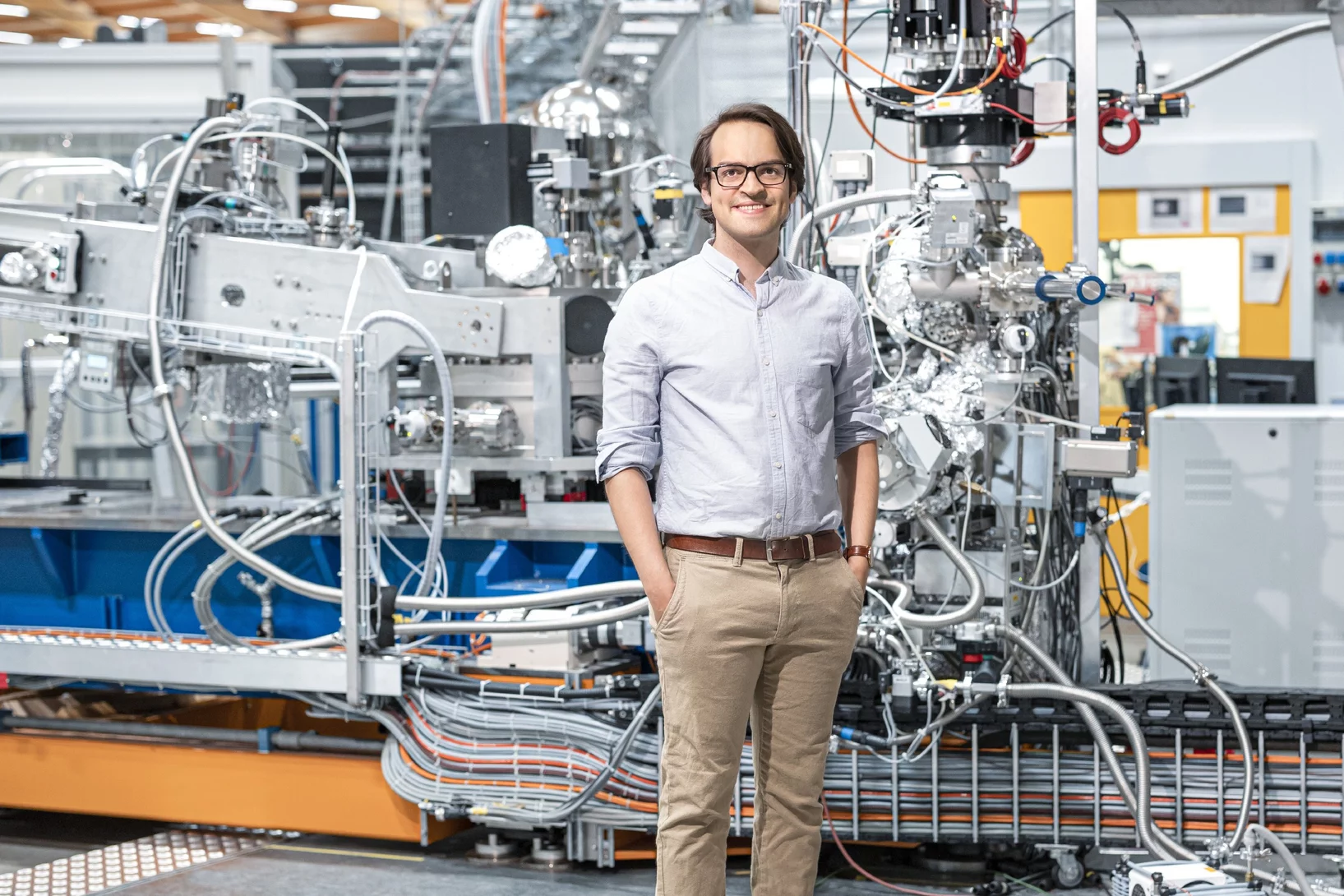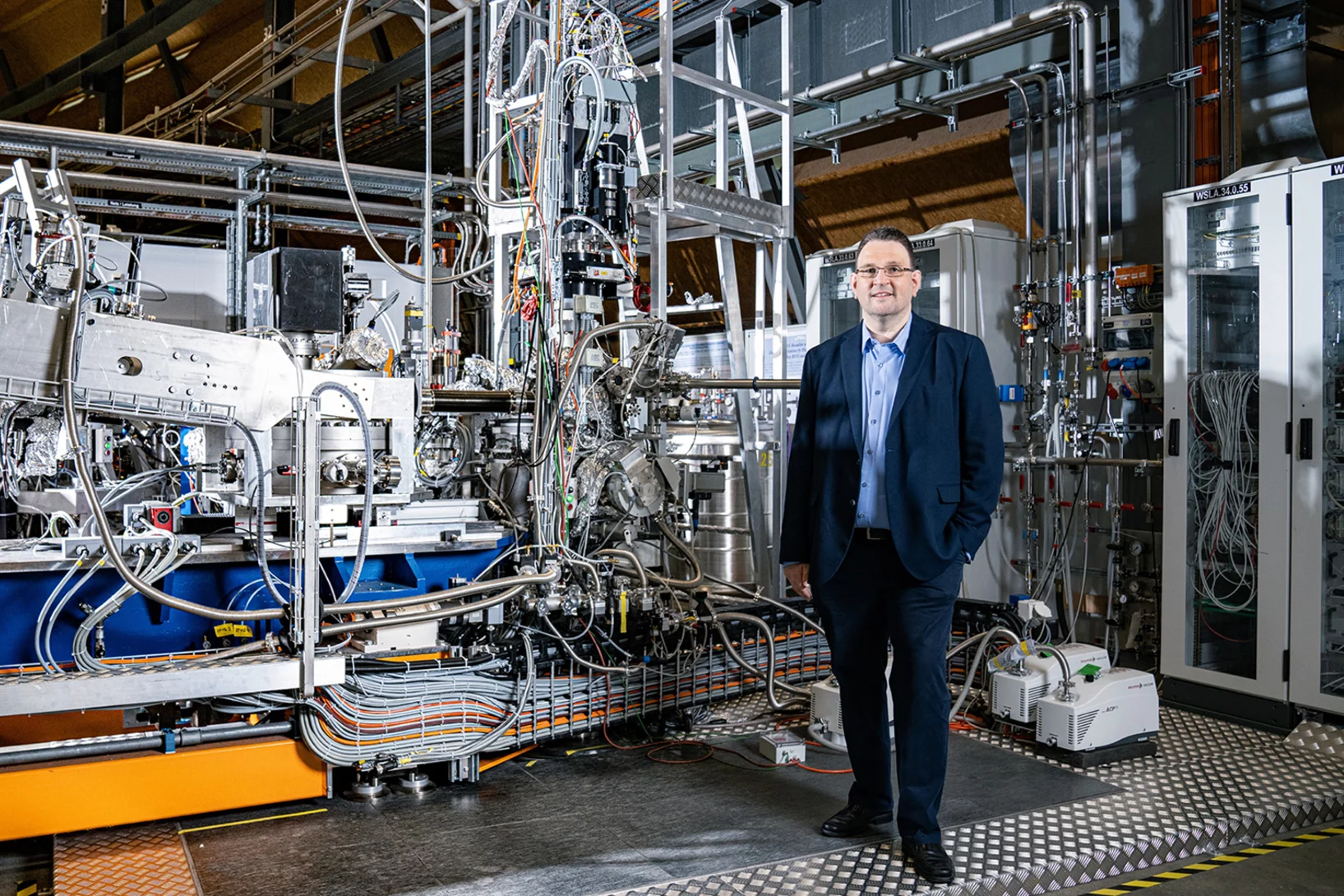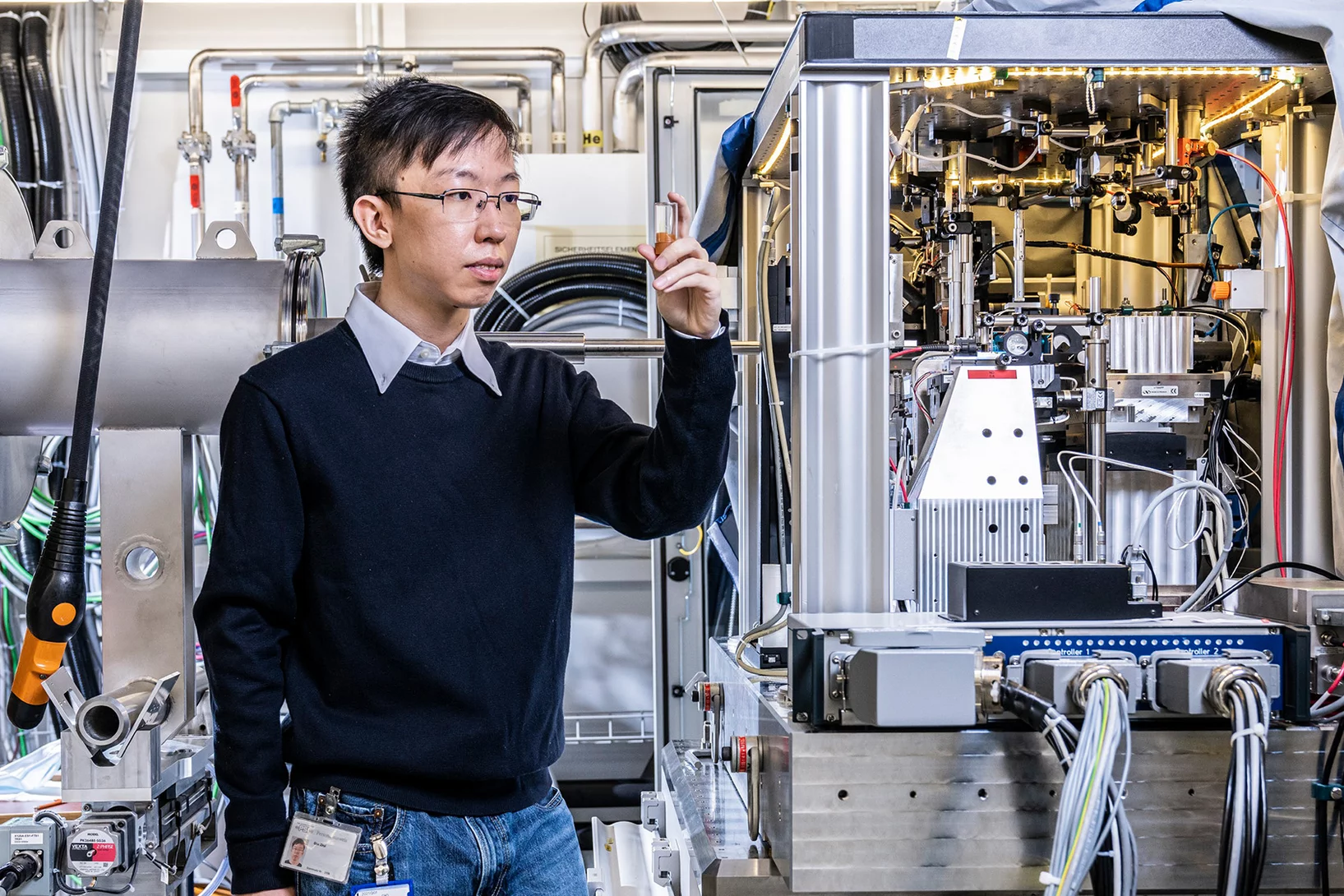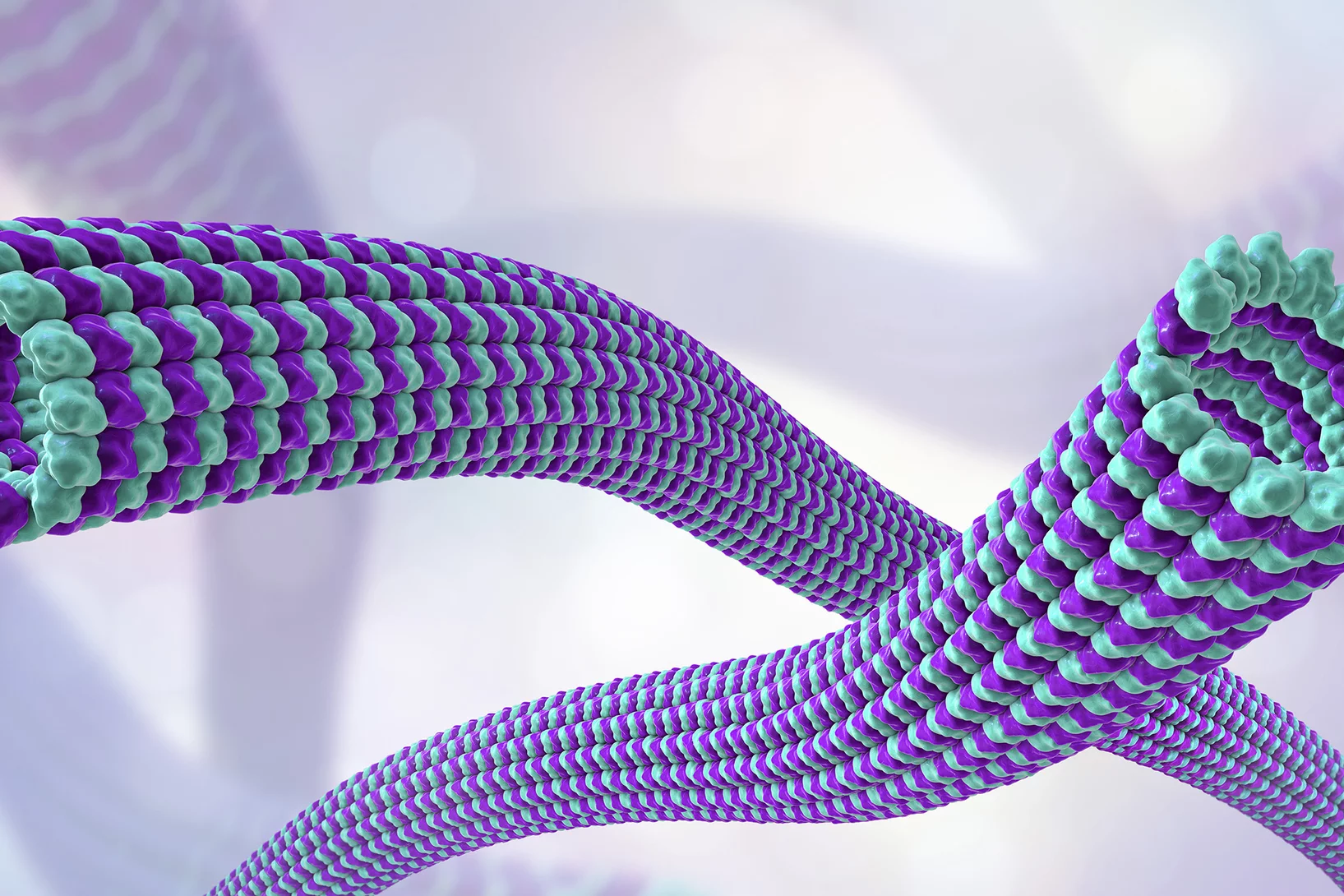SLS
Semiconductors reach the quantum world
Boosted with superconductivity: Semiconductor technology can get a new twist by exploiting quantum effects in superconductors.
New active agent against parasites
PSI researchers identify potential active agent against several unicellular parasites – including the pathogens that cause malaria and toxoplasmosis.
3D view: Swiss Light Source SLS
Linear accelerator, booster ring, storage ring: our 3D graphic of the Swiss Light Source shows the inside of the facility and how it serves research.
X-ray microscopy with 1000 tomograms per second
A team at the Swiss Light Source SLS have set a new record using an imaging method called tomoscopy.
The mystery of the flexible shell
Why the shell of a marine animal is soft in water but hard in air.
Exploring the practical benefits of exotic materials
Niels Schröter receives an award from the Swiss Physical Society (SPG).
Secret of Stradivarius violins revealed
As an international team of researchers discovered, the old Italian masters Stradivari and Guarneri relied on unexpected chemical additives in making violins.
Understanding the physics in new metals
Together with international colleagues, PSI researchers have now been able to make correlated metals more readily usable for applications in superconductivity, data processing, and quantum computers.
How catalysts age
Catalysts used in industry change their material structure over the years. Using a new method, PSI researchers have now studied this on the nanoscale.
Cell cytoskeleton as target for new active agents
Using a combination of computer simulations and laboratory experiments, PSI researchers have identified new binding sites for active agents on the vital protein tubulin.

